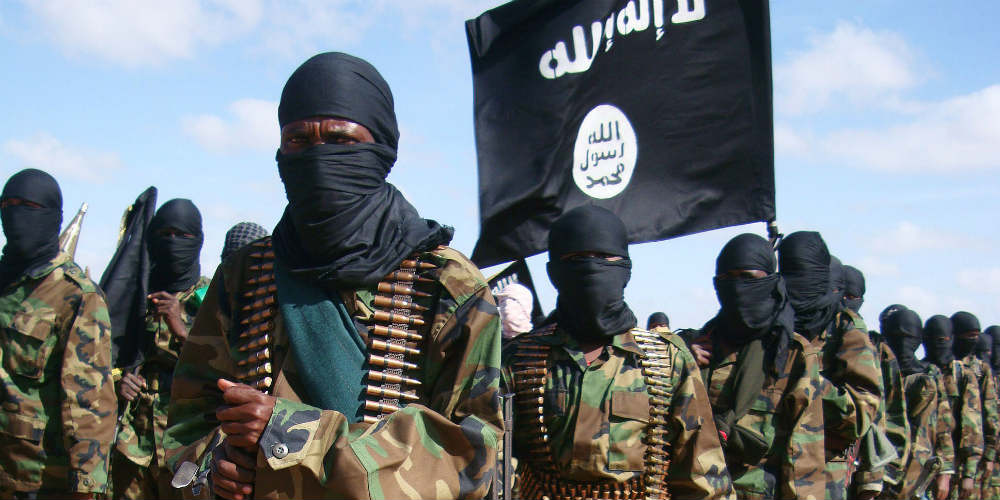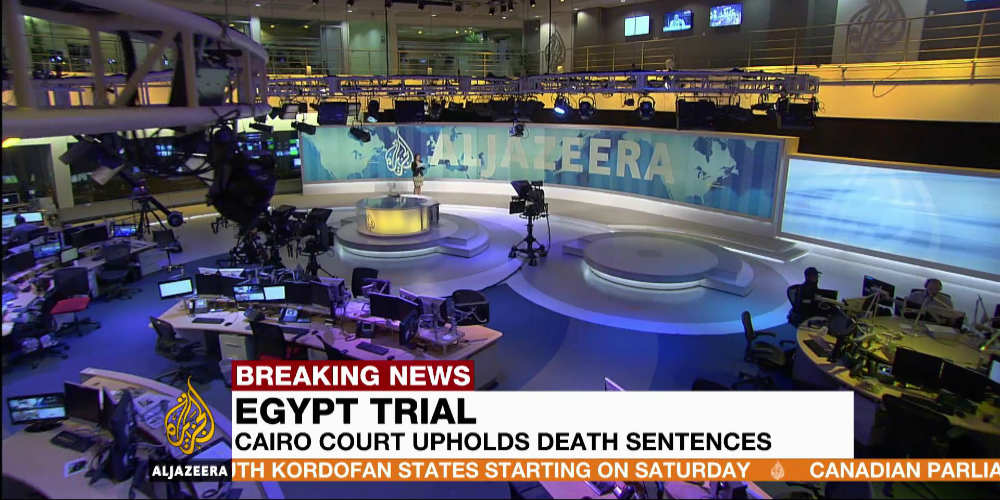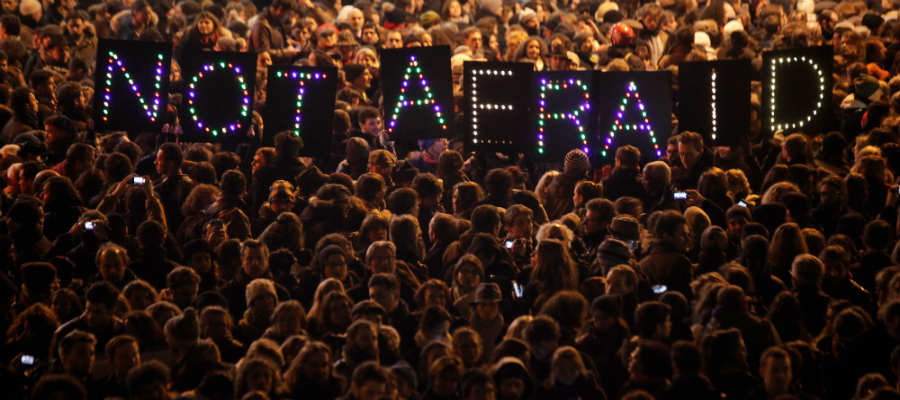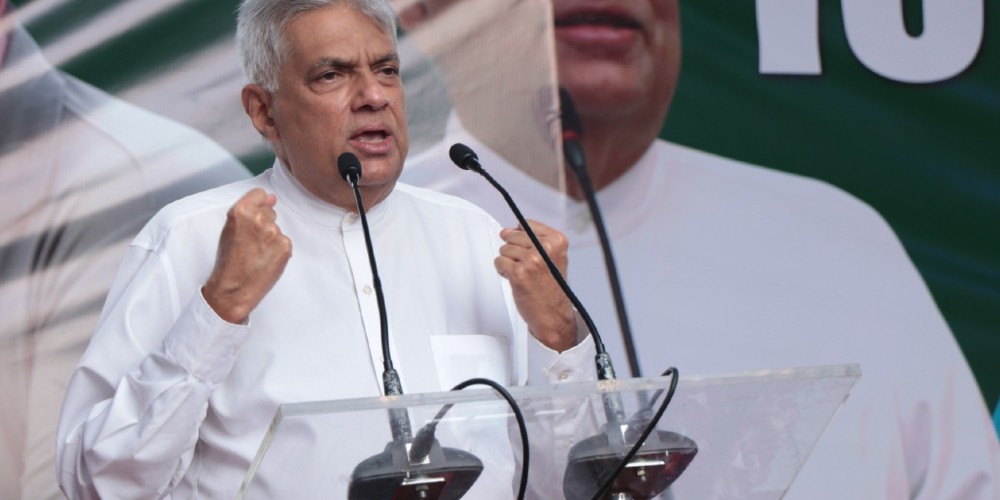BY SAEED NAQVI
When Dore Gold, one of the most powerful voices in Israel’s strategic community, raises his hands, skywards, and exclaims “today I feel as vulnerable as the Kurds”, who have been abandoned by Donald Trump, one fact can be cast in stone: West Asia has changed. A panic war cannot be ruled out. But war with whom? Situated in a comparable circumstance, Saudi Crown Prince, Mohammad bin Salman, on his knees in Yemen and the Aramco compound, is flourishing the flag of peace at Tehran. But then who hit the Iranian tanker outside Jeddah? These regional conflicts will not tamely wind down; they will zig-zag their way out.
The Saudi “messenger” to Tehran, happens to be Pakistan’s Prime Minister. Surely, Imran Khan will carry the peace message, but he will also unfurl his Jammu and Kashmir agenda before the Iranian leadership. This, when Narendra Modi and Xi Jinping will also be circling around that issue and addressing a host of others. It must be clear as daylight to New Delhi that Trump’s withdrawal from West Asia is synchronizing with his “pivot to Asia”, which means expanded conflict with China. Western media’s dedicated coverage of the disturbances in Hong Kong, human rights in Xinxiang, all signal a long term Sino-US standoff. Since the days of Manmohan Singh as Prime Minister, India has been active in the “Quard” with Japan, Australia and the US. Ambiguities in the international system made it possible to play both the options – quard and bilateral relations with Beijing. But Trump is likely to be more jealous as US-China tensions rise? New Delhi will have to toss up a coin with the same image on both sides.
It is exactly 33 years ago that President Ronald Reagan and the General Secretary of the Soviet Union, Mikhail Gorbachev mooted such innovative arms control ideas at Reykjavik, Iceland, that even strategist like Henry Kissinger found them unacceptably radical. And yet, when sense sank in, the intermediate Range Nuclear Forces Treaty was signed the next year paving the way to a changed world order. Change is in air, but of a different order.
Trump has been characteristically blunt. “The United States has spent eight trillion dollars fighting in and policing the Middle East (West Asia). Thousands of our great soldiers have died or been badly wounded. Millions of people have died on the other side.”
“Going into the Middle East is the worst decision ever made in the history of our country. We went to war under a false and now disproven premise: weapons of mass destruction. There were none.” This is Trump’s rationale for “slowly and carefully bringing our great soldiers and military home”. He says his focus is on the Big Picture. “USA is now greater than ever before.” That is his line for the 2020 elections.
Trump has been making allegations against his predecessors even before. Watch his interview to Jake Tapper of the CNN on the eve of the 2016 elections. He was vehement that Obama and Hillary Clinton spent millions “in Syria which, in fact, went to terrorists”. Soon after this allegation, Obama’s Defence Secretary, Ashton Carter, told a Congressional hearing before live TV cameras that a $500 million project to train militants had to be terminated because the “Jihadis” so trained had walked away with all the expensive equipment and joined some other group.
This was quite as mysterious as the origins of the Islamic State. The sudden establishment of the Islamic state in Mosul remains an uninvestigated whodunit. When the IS charged towards Baghdad in 2014, wielding the latest arms mounted on Humvees straight from the showroom, sources in Baghdad and Najaf were quite convinced that the IS was a US project.
What Erdogan has been offered is a poisoned chalice. This is clear as daylight in Trump’s own words. The tone is of malicious glee: “Turkey, Europe, Syria, Iran, Iraq, Russia and the Kurds will now have to figure the situation out.”
The recipe for the countries listed above to stew in their own juices is available possibly unknowingly even in Turkish statements. The Kurdish forces Erdogan is bombing had in their custody thousands of Islamic State detainees, many of them foreigners. State Department spokesmen are on record: “The US has pressed France, Germany and other European nations to take back captured IS fighters, but they refused.” In fact Turkish sources have amplified this statement. Some 12,000 IS fighters are distributed over seven prisons in north-east Syria. Of these, 4,000 are “foreigners”, which means neither Syrian nor Iraqi. List of IS members and their families taken back by western countries is almost comical: France (18 children), US (16 adults and children), Germany (fewer than 10), Australia (8 children), Sweden (7 children) and Norway (5 children). It is in the nature of groups like the IS to slip through even well laid nets. How many IS fighters are lying low in Syria’s north is anybody’s guess. But the Kurds along the Syria-Turkey border, who kept a steady gaze on the IS will now be hopelessly distracted by the Turkish offensive. Until the other day, the US was with the Kurds. What if these IS jihadis are let loose, say, across the border into Turkey? Erdogan will have to cope with trouble makers of a more lethal make than the Syrian Kurds.
Pundits like New York Times, Thomas Friedman, see West Asia exposed to a different kind of danger as a result of US withdrawal. Ever since the Iraq-Syria border was opened, the Iranians have an easy land bridge from Tehran, Iraq, Syria to Lebanon. Friedman’s anxiety is that this “tightening of the noose around Israel” will now go unchecked because that was one of the roles the US played in the region. “This brings the Iran-Israel shadow war into the open.” By the act of pulling out, Trump has set several cats among several flocks of pigeons all over the place.
(Saeed Naqvi is a senior Indian journalist, television commentator, interviewer, and a Distinguished Fellow at Observer Research Foundation. Mr. Naqvi is also a mentor and a guest blogger with Canary Trap)



